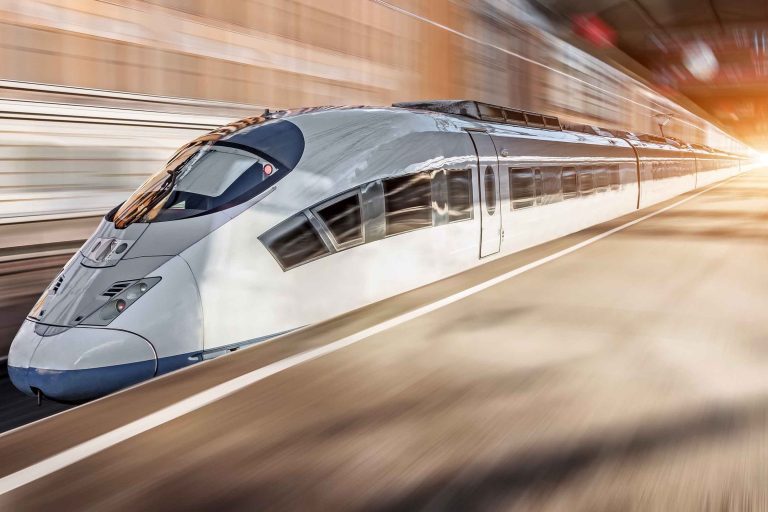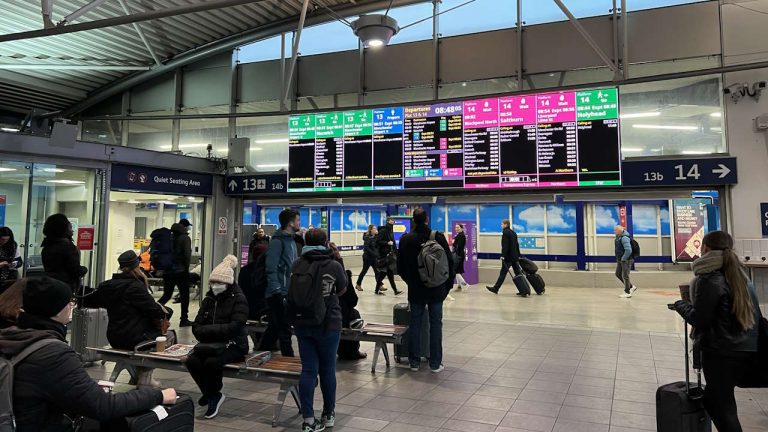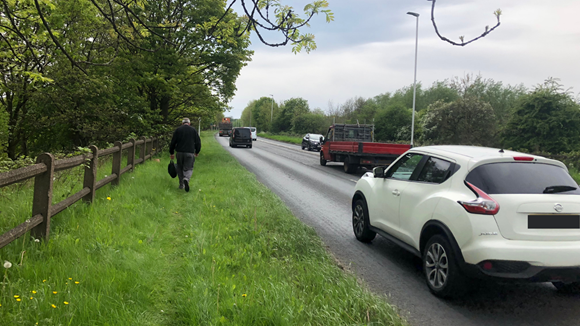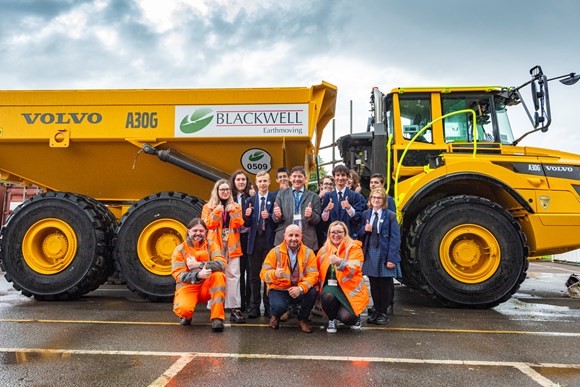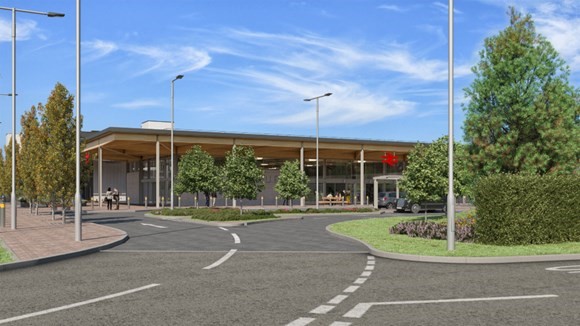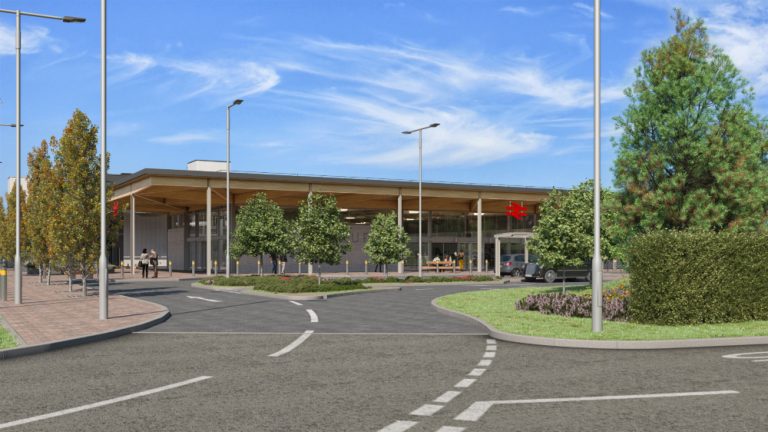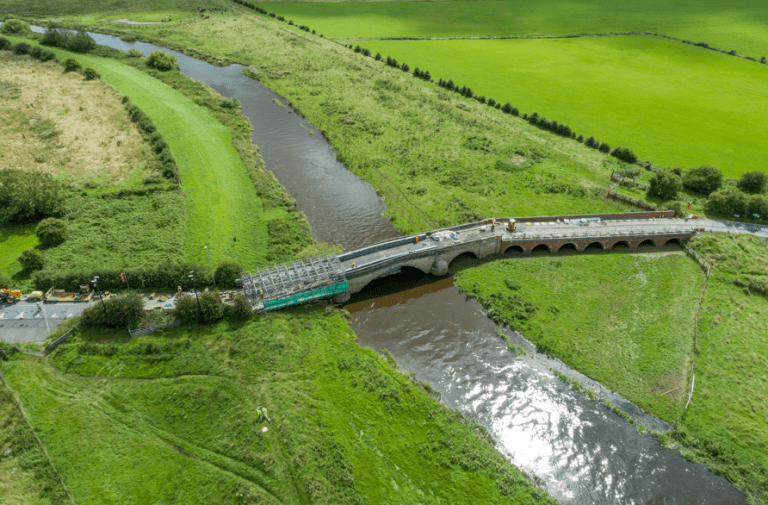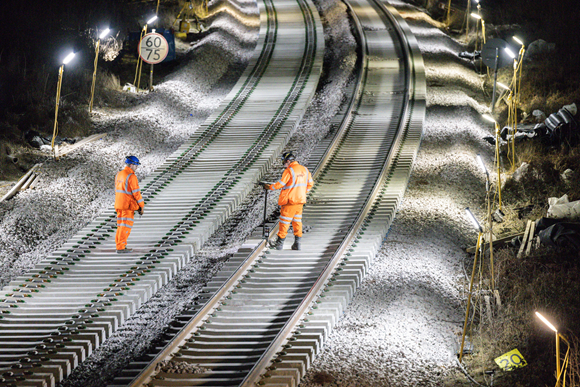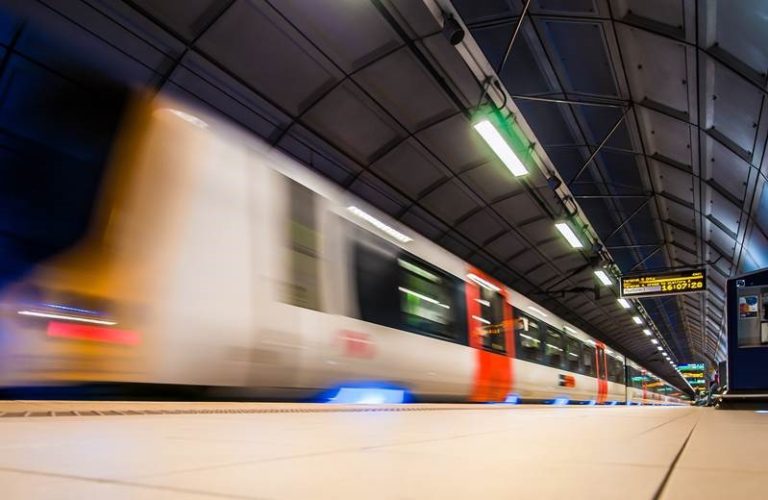In the fast-paced world of rail transportation, safety is paramount. The challenges are many, from ensuring on-time departures to maintaining tracks and stations. However, one often overlooked yet significant safety concern in the rail industry is the occurrence of slips, trips, and falls. These seemingly minor incidents can have far-reaching consequences for the workforce, the public and the efficiency of rail operations. The Effect of Slips, Trips, and Falls Slips, trips, and falls might sound like everyday occurrences, but within the rail industry, they can trigger a chain reaction of problems. Whether it’s a passenger slipping on a platform, a staff member tripping on uneven flooring, or a contractor falling while maintaining equipment, the consequences can be severe. Human Toll Slips, trips, and falls can lead to injuries ranging from minor sprains to more serious fractures or head injuries. Each incident not only affects the individual involved but also their colleagues, family, and the overall morale of the workforce. Operational Disruptions Even a brief halt in rail operations can have a cascading effect on schedules and customer satisfaction. If a worker or member of the public is injured, investigations and medical attention can disrupt regular activities. Financial Impact In addition to potential compensation costs, slips, trips, and falls can result in legal liabilities, increased insurance premiums, and potential compensation claims. These financial repercussions can strain resources that would be better utilised for other safety improvements. Public Perception Safety incidents reflect poorly on the rail industry’s reputation. A high-profile slip or fall can erode public trust and deter potential passengers from choosing rail as their mode of transport. To address the issue effectively, it’s essential to understand the risk factors that contribute to slips, trips, and falls in the rail environment: How can SOCOTEC UK help? As a leading provider of testing, inspection, and certification services, SOCOTEC UK is dedicated to enhancing safety across various industries, including rail. Our expertise can make a significant impact on reducing slips, trips, and falls within the rail sector: Slips, trips, and falls might seem minor, but their impact on the rail industry is far from insignificant. By addressing these safety concerns, we can create a safer environment for rail workers and passengers alike. SOCOTEC UK’s commitment to providing tailored solutions and expertise can help the rail industry mitigate risks and maintain its reputation for safety and reliability. Together, we can ensure smooth rail operations while putting safety first. Stay Tuned for Our Annual Rail Environment Forum (REF) Invitation for 2023 Additionally, we invite you to keep an eye out for our upcoming REF invitation for 2023. This forum serves as a platform to exchange insights, share best practices, and collaboratively address safety challenges. At SOCOTEC UK, we believe that continuous learning and collaboration are key to fostering a safer rail industry for all. Attend SOCOTEC’s next Expert Webinar Effluents – Do you consent? – This webinar will focus on trade effluents and will take place on Wednesday 20 September 2023 at 11 am. Jonathan Harries, Technical Manager for SOCOTEC Environmental, will deliver the talk. Click on the link below to sign up via our dedicated webpage. A link to join will be delivered via email on the morning of the webinar. Register your interest Building, Design & Construction Magazine | The Choice of Industry Professionals




